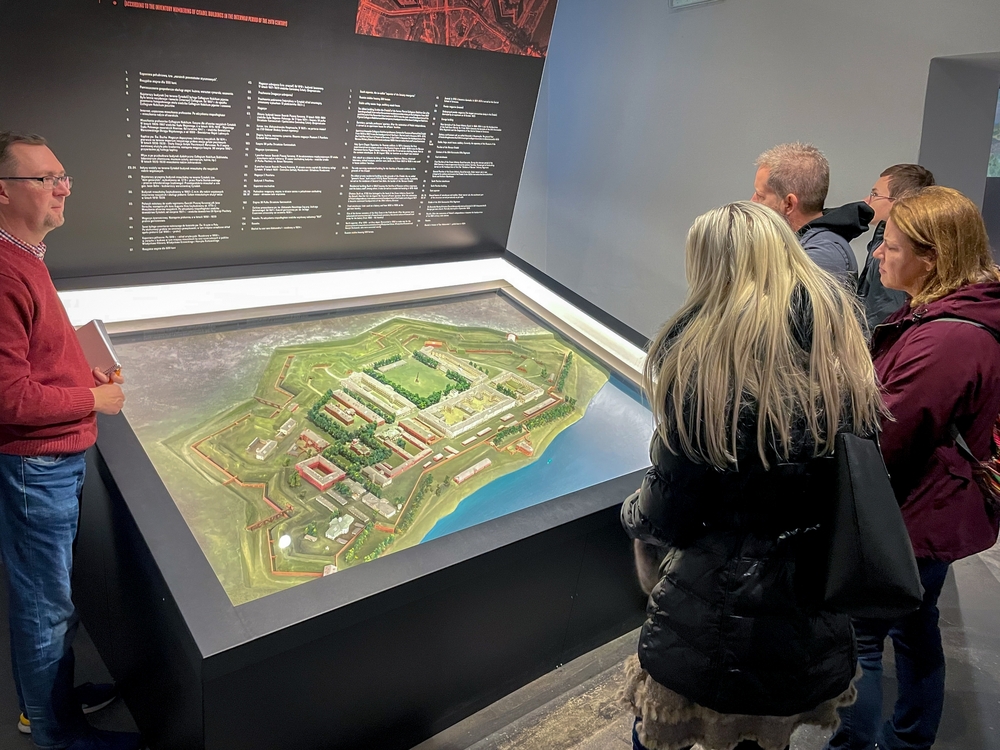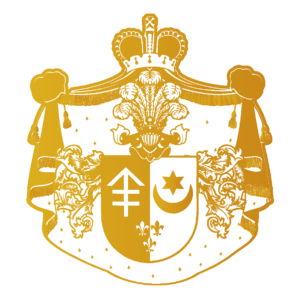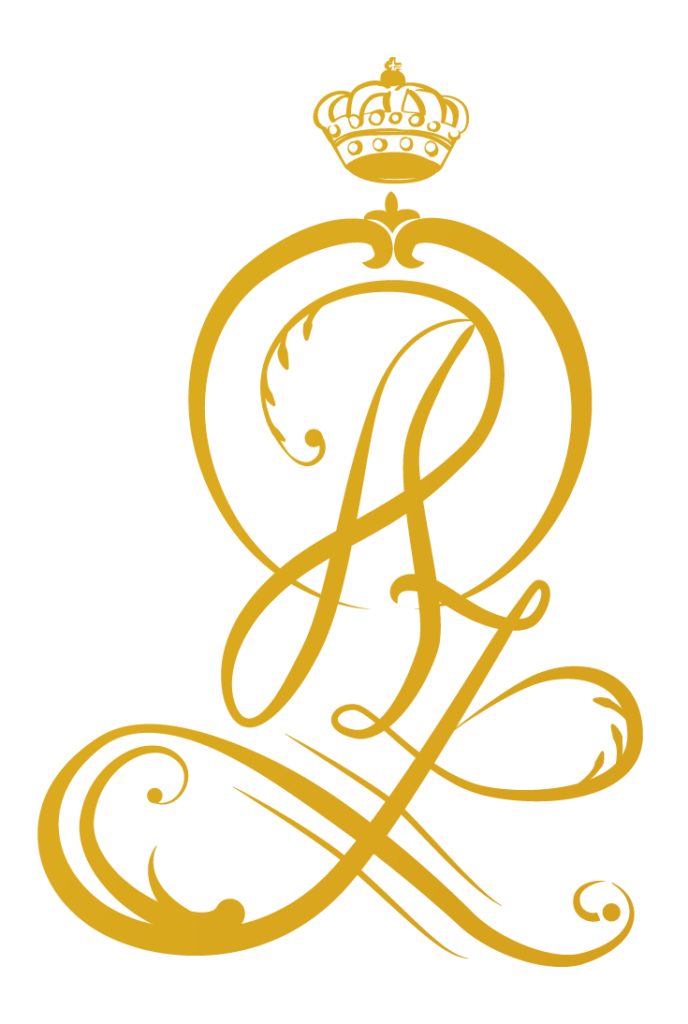22 January marks the 160th anniversary of the January Uprising. This was the largest armed struggle for independence of the peoples of the former Commonwealth against Russian rule.

It was the longest-lasting insurgency in partitioned Poland.
As a gesture of solidarity, volunteers from Italy, France, and Hungary, among others, joined the insurrectionists in Poland. Many of them laid down their lives “for your freedom and ours.”
The Uprising had a unique symbol, a tripartite coat of arms depicting the Polish Eagle, the Lithuanian Pahonia, and the Ruthenian Archangel Michael. The fight against the common enemy united all parts of society, regardless of wealth, religion, gender, or age, and laid the foundations for building modern nations.
I visited the Museum of the 10th Pavilion of the Warsaw Citadel with the world winner of the competition on the history of Poland held during the largest history olympiad in the world – the International Historical Olympiad, which had its final last year in New York (as a reward, this young man flew to Poland with his parents and the director of the Olympiad).
I had the honor to be a special guest at the finals of the Olympiad in Princeton and New York, where I gave a speech.
With my father, I wanted to show this important place and the history of the January Uprising to the young global laureate who is so eager to learn about Polish history.
The Warsaw Citadel is a fortress built by Tsar Nicholas I in 1832-1834 after the suppression of the November Uprising. The citadel, manned by a strong garrison, equipped with several hundred cannons, strengthened in later years with a system of 5 forts and a bridgehead in Praga, was to increase the control of the Russian authorities over rebellious Warsaw.
In one of the buildings, In the 10th Pavilion, created as part of the expansion of the barracks, a central investigative prison for political prisoners was established.
The prisoners of the citadel were e.g. Romuald Traugutt, Józef Piłsudski, Roman Dmowski, Gustaw Ehrenberg, Fr. Piotr Ściegienny, and Stefan Okrzeja.
Several hundred of them were executed on the slopes of the fortress, and thousands were sent to hard labor or Siberian exile.




